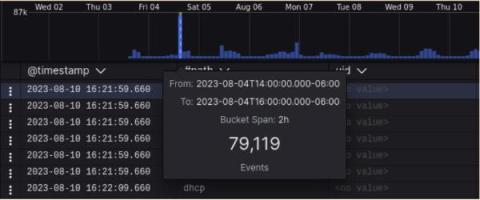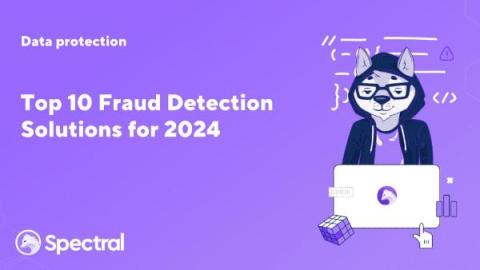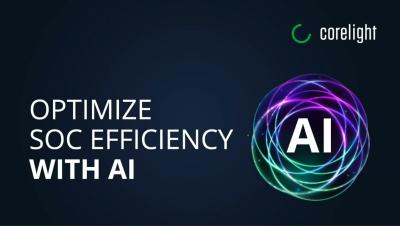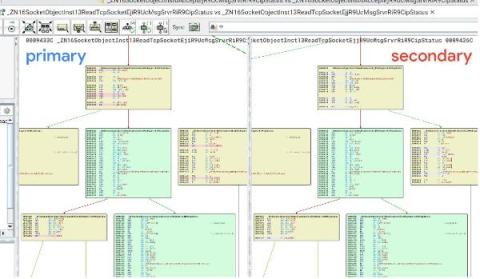Black Hat NOC USA 2023: Leveraging Corelight's Open NDR Platform for Network Operations (NetOps)
In this blog, I’ll share a few NetOps observations of the Black Hat network that I made during my time serving in the Black Hat Network Operations Center (NOC). My hope in doing so is to spark some ideas on how you can use an existing tool like Zeek for a new purpose. These insights were particularly revealing, despite not being linked to any security incidents.











